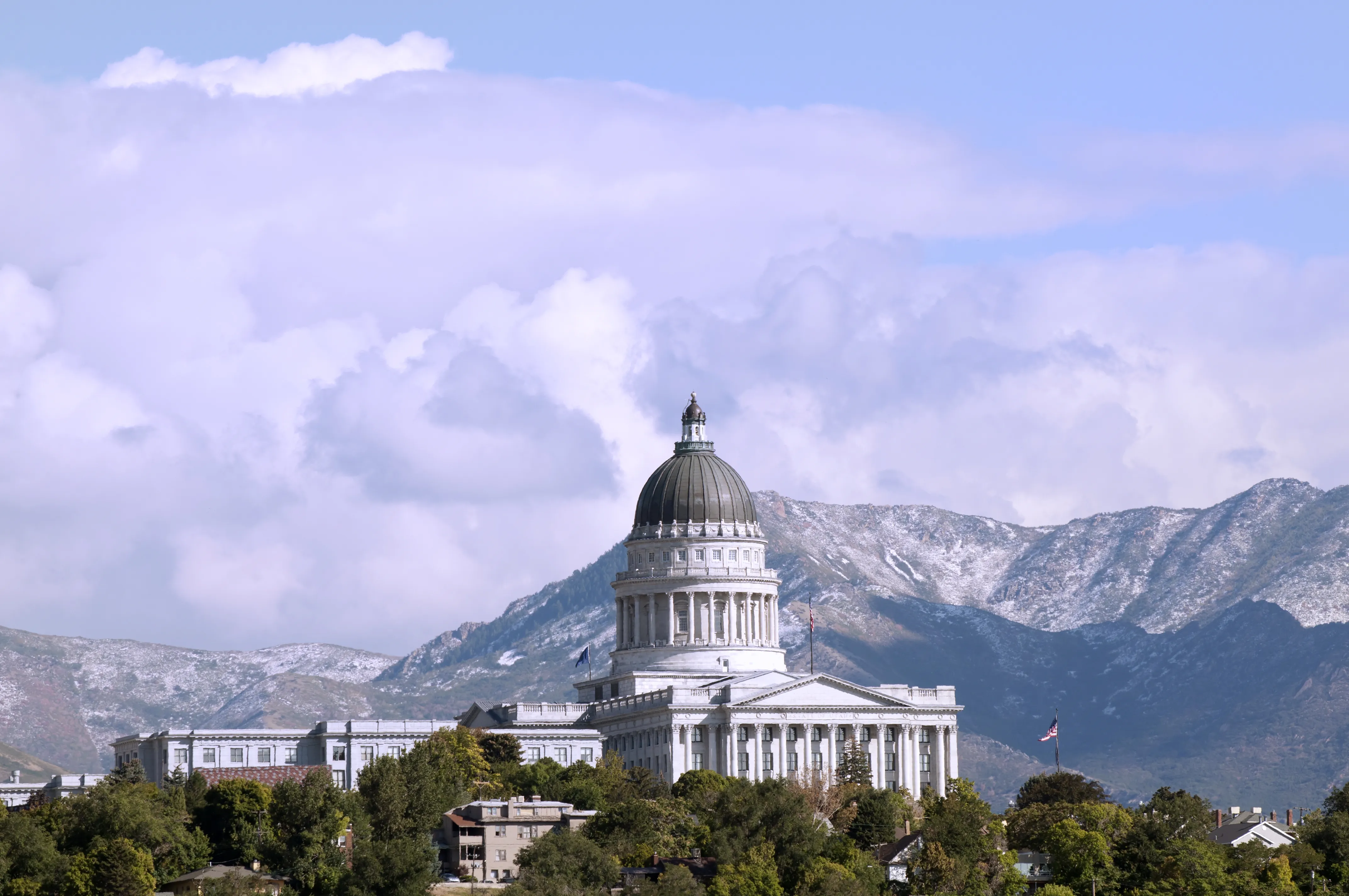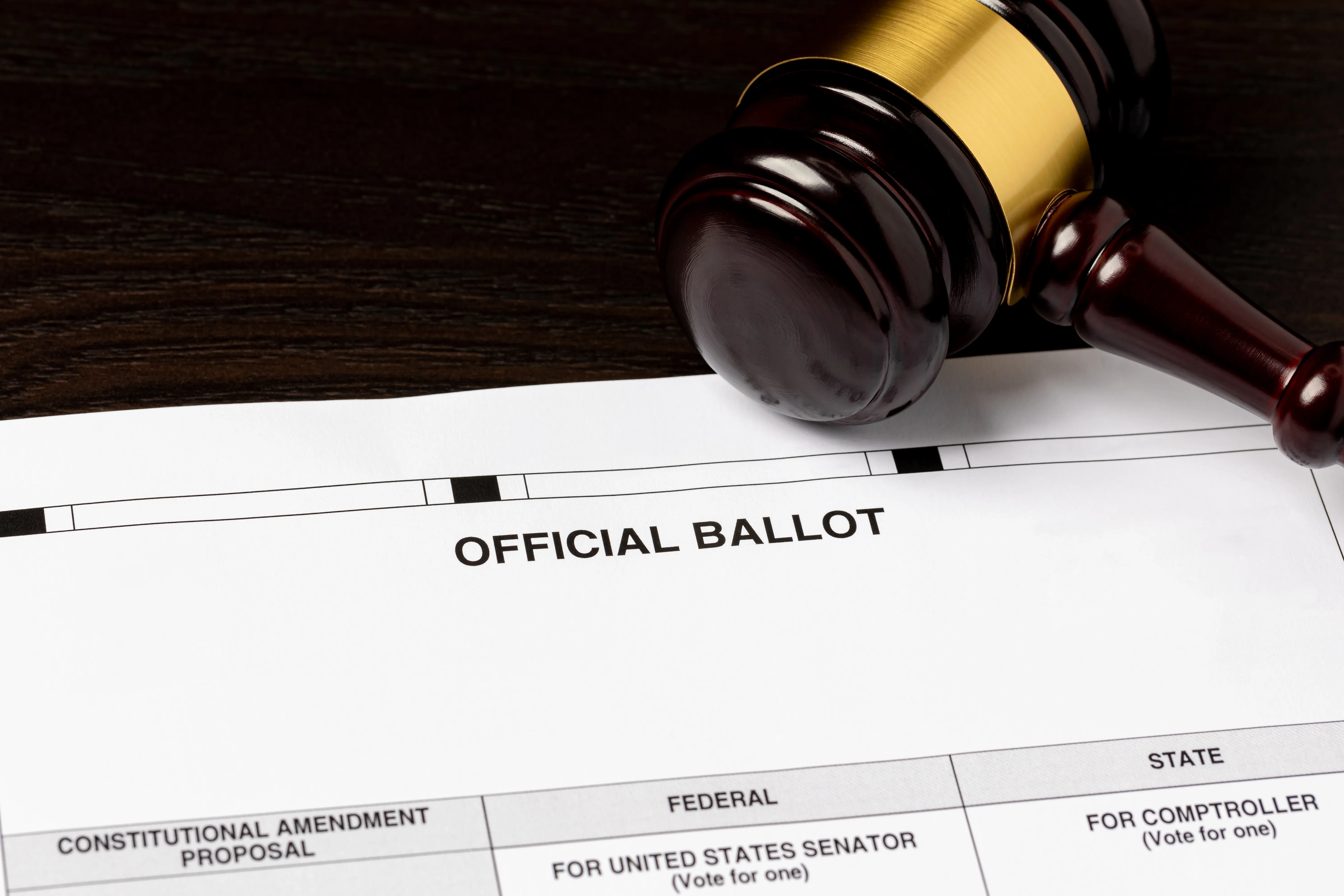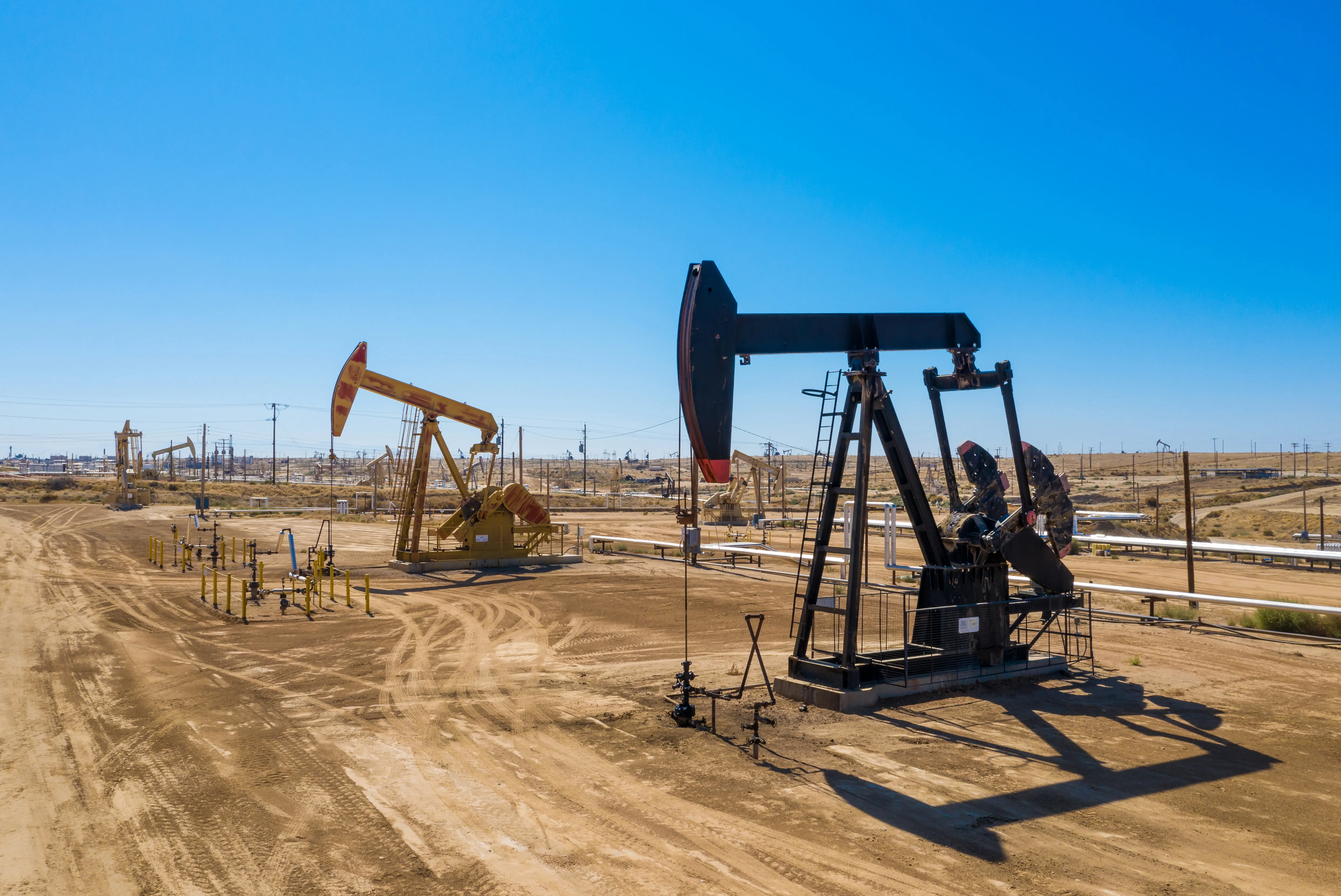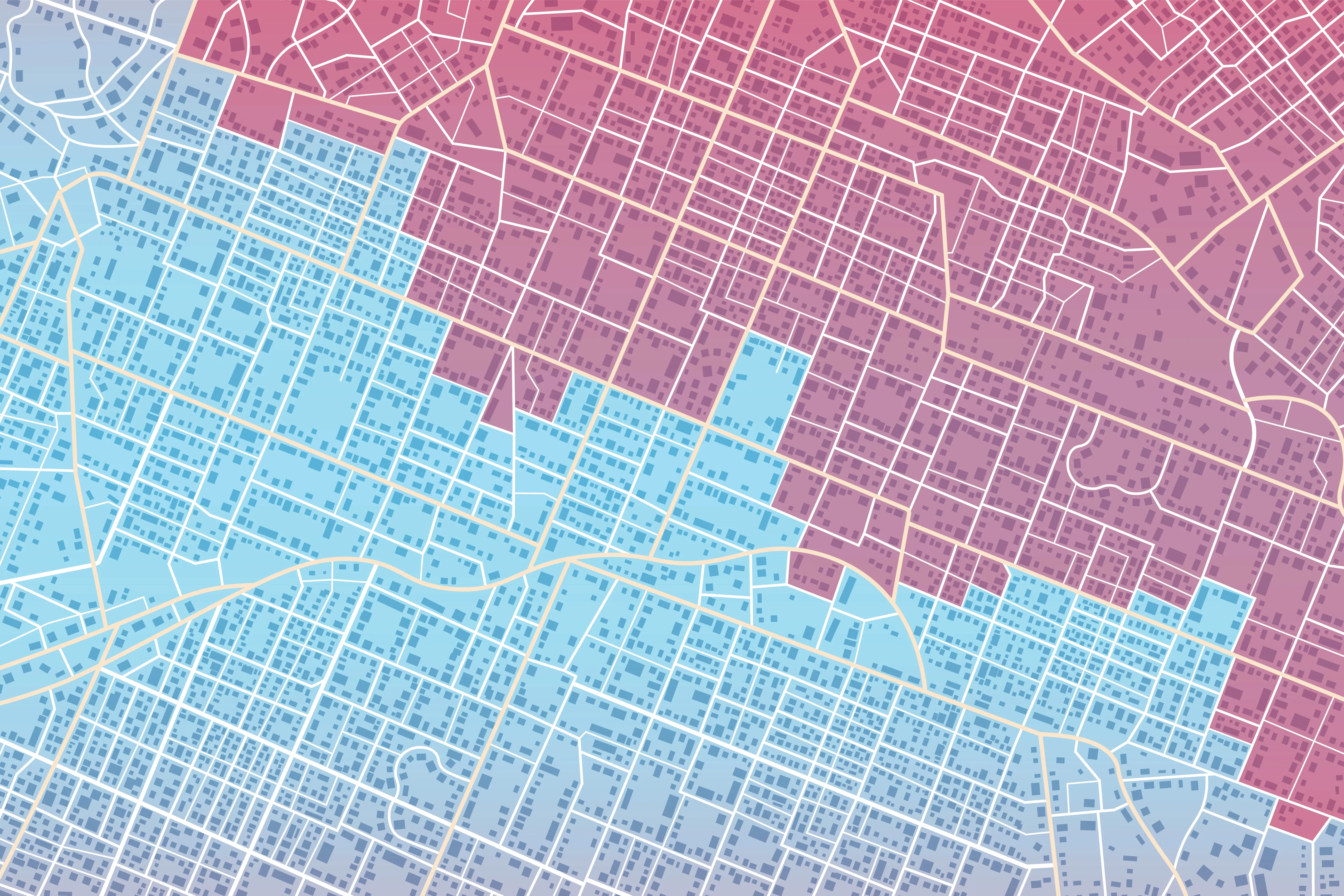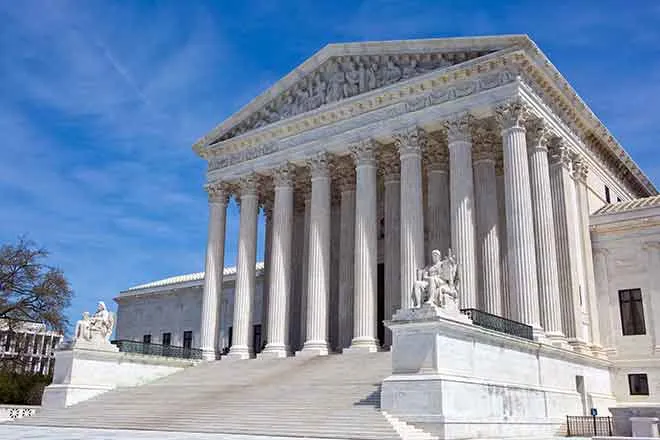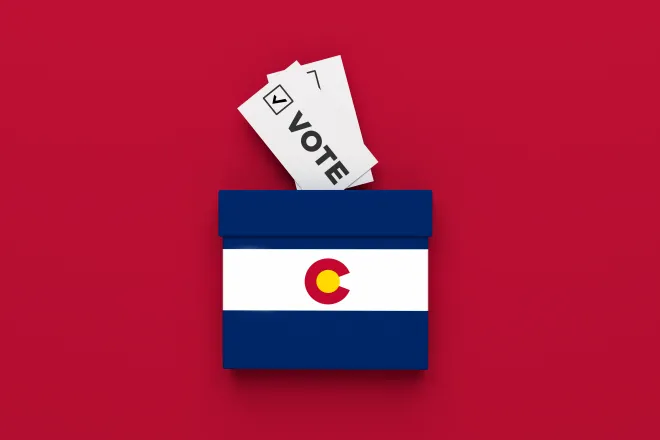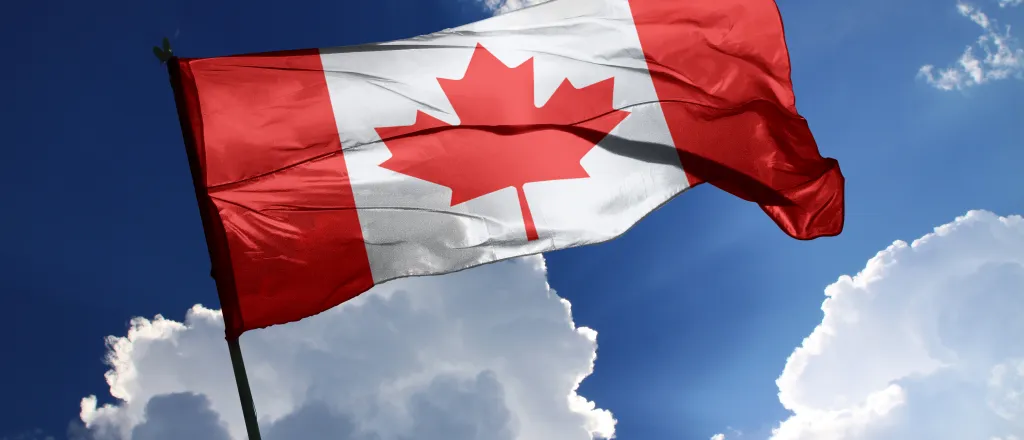
Nuclear waste may travel from Canada to Utah under EnergySolutions proposal
© Aoraee - iStock-1738961163
Will nuclear waste travel all the way from Ontario, Canada to a site about an hour drive from Salt Lake City?
An interstate panel may consider a resolution later this month on whether to allow EnergySolutions to import up to 1.3 million cubic yards of low-level radioactive waste from Canada, a move worrying local advocates who argue this may be the stepping stone into accepting other types of nuclear waste.

Waste that is accepted to be buried at the Clive facility is Class A, the least hazardous radioactive waste under U.S. standards. That includes items that staff working with radioactive materials wear, like gloves, shoe coverings, cleaning materials and tools. But the proposal can still be hazardous, said Carmen Valdez, senior policy associate at the Healthy Environment Alliance of Utah.
“Any level of radiation can be harmful to humans. There is no safe level, frankly,” Valdez said. “And our concern is the lack of public transparency from the company in bringing in international waste, which can lead to international security issues.”
According to EnergySolutions, the type of material being proposed for this project is identical to the low-level radioactive waste the facility has managed for over 30 years.
“While located across the nations’ northern border, these facilities in Ontario currently provide electricity to customers in the United States,” the company said in a statement.
But, environmental groups are still hesitant about the proposal since public input hasn’t been extensive. Especially with this being an unprecedented situation for the compact.

Public comment is allowed in the special meetings where the NorthWest Interstate Compact — a group of states that cooperates on low-level radioactive waste management — is considering EnergySolutions’ petition. But, not many people from the community are keeping tabs on the body, Valdez said. It was only after learning about the discussion from a mailer sent to a former executive that Healthy Environment Alliance of Utah advocates began watching the process.
“There was no announcement, there was nothing on the Division of Waste Management and Radiation Control Board’s meetings, things like that,” Valdez said. “So it was kind of per chance that we saw this and started watching it, and have been attending that.”
A big item on the advocates’ list of concerns, Valdez said, is public safety along the transportation routes for the waste, which is set to travel via rail.
Dave Noriega, a spokesperson for the Utah Department of Environmental Quality, said that “no significant, additional safety measures are necessary with this proposed project since EnergySolutions has extensive experience disposing of Class A waste.”
The state, he said, has robust regulations that minimize risks to the public and the Department of Environmental Quality will continue to regulate all low-level radioactive waste.
Low-level radioactivity standards
Some aspects of the draft resolution are still uncertain, Valdez said. For one, will EnergySolutions classify waste coming from Canada according to U.S. or Canadian standards?
“We’re concerned about what that type of waste is because we’re just hearing that it’s related to the nuclear fuel industry,” Valdez said. “It’s mixed waste. But there’s no clarification on that.”
Noriega said the arriving waste needs to be documented as Class A before it can be shipped to Utah.

© Vital Hil - iStock-1461437060
Casey Hill, a lobbyist representing EnergySolutions, said in a legislative hearing for a bill updating waste facilities’ licensing requirements that EnergySolutions’ Clive facility takes non-concentrated amounts of depleted uranium and has since it opened. But that wouldn’t change with an expanded Clive facility.
“Class A waste, as it’s currently determined, is what we can take in this facility. This would not be able to, as of right now, due to the fact that we don’t have a license to take concentrated depleted uranium, we would not be able to take that under this legislation,” Hill said.
This year the Utah Legislature also removed its specific nuclear waste classification to instead adopt federal definitions. According to the Nuclear Regulatory Commission, depleted uranium is categorized as Class A. But, currently, there’s no indication that the material will be transported from Canada.
Still, advocates worry about the legislative change, especially now that the Nuclear Regulatory Commission is reviewing its rules under a White House order.
“What happens with aligning to the (Nuclear Regulatory Commission) is now what we’re hearing is that the waste will be determined at the site,” Valdez said, “and if it meets Class A then it can come into Utah, no matter what.”
Six out of 8 states that make up the NorthWest Interstate Compact have to approve the plans. Utah would have veto power, Kristen Schwab, chair of the compact said in an October meeting.
In a presentation, EnergySolutions said the state supports the company’s desire to dispose of low-level radioactive waste from Canada at the Clive site.
The Utah Legislature approved an adjustment this year that would allow the state to get up to $30 million in tax for the expansion application, which would be deposited into the Energy Research Fund, and will support Utah’s big nuclear plans.
“The governor is in favor, the Legislature is in favor, and they want this to happen,” Valdez said about the proposal, “but there’s no talk about the general public and if they want this waste coming into our country and into our state too.”



